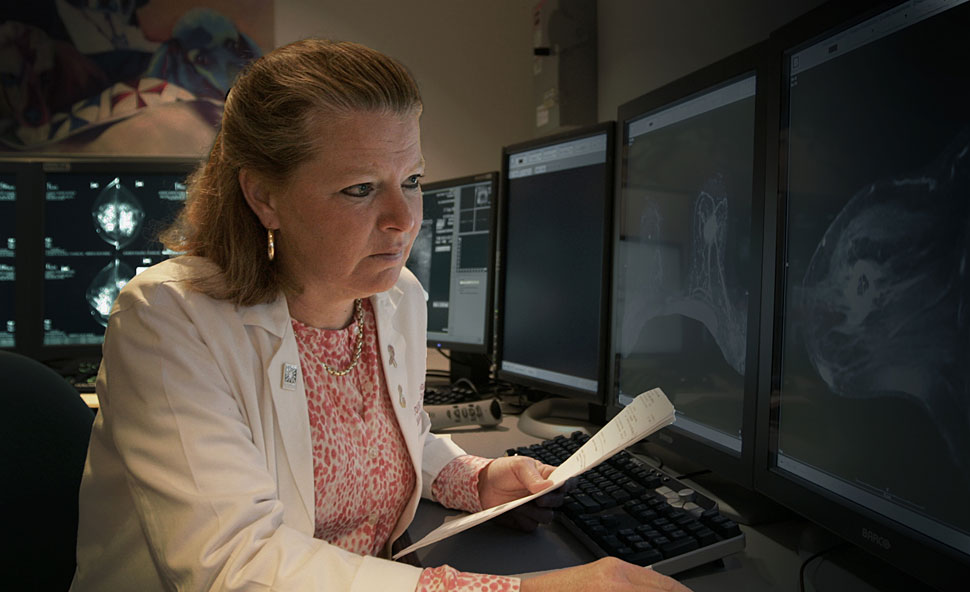 According to a study published online in Radiology, it was reported that radiologists who read less than 1,000 mammography studies each year might see a decline in overall diagnostic accuracy, compared to those who read more.
According to a study published online in Radiology, it was reported that radiologists who read less than 1,000 mammography studies each year might see a decline in overall diagnostic accuracy, compared to those who read more.
Likewise, researchers from the University of Sydney in Australia discovered that intuitive mistakes were connected to poor performance in mammographic interpretation were affected by the number of readings radiologists performed year-round. The team also cited that 60 percent of all diagnostic errors in radiology stem from perceptual ones. Such errors result from a lack of knowledge of properly searching an image, inability to distinguish any irregularities, and flawed decision-making in respect to whether an abnormality discovered on an image is normal or a pathologic abrasion.
"As long as radiologists interpret medical images, the human factor and its limitations on abnormality detection will continue to influence overall performance," lead author Mohammed Rawashdeh and his team noted.
Their research also shows different countries expect different performance levels and annual number of readings that radiologists should log. In the U.S. the required number of readings is 490 per year. While in Australia and Canada the reading standard rests at 2,000 (although British Columbia demands 2,500 readings) and in the U.K. the yearly requirement is 5,000 readings.
For this particular study, 116 radiologists read 60 mammographic cases, 20 of which were with cancer, while the remaining 40 were clean. The team then scored their confidence levels in their analyses on a scale of 1 to 5. Results were examined using the jackknife free-response receiver operator characteristics (JAFROC) scheme, which focuses on lesion location and range and is more telling of how radiologists specifically deduce images in medical practice.
From the data collected, Rawashdeh and his team discovered that reader performance is closely associated with the number of years following full responsibility and aptitude as a radiologist; in accordance with the number of years reading mammograms, and the number of annual readings.
The team’s findings showed that radiologists who read less than 1,000 images a year had significantly lower performance skills when evaluated compared to those who read over 1,000 (sometimes up to 5,000) images every year.
Furthermore, readers with an average number of 1,000 or less mammograms did not considerably improve over the course of their careers. Instead their performances gradually suffered and dropped with increased years of reading mammograms.
"This inverse relationship between performance and years of experience has important implications for radiology, as a reasonable assumption that a low volume of readings can be compensated for by years of experience is unfounded," said Rawashdeh.
Incidentally the opposite was also true, as radiologists who read over 5,000 mammography images a year, progressed throughout their careers.
"The true discriminating factor that separates individuals performing at the highest levels from others is the ability to recognize what is normal," Rawashdeh and his team determined.











